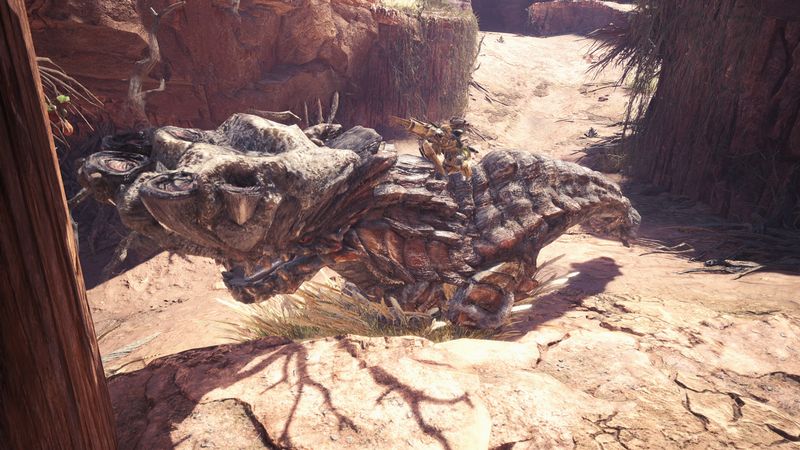 Monster Hunter: World grabs me by the horns right away. From the start, CAPCOM Co., Ltd. developed it, and CAPCOM Co., Ltd. publishes it. Notably, Steam reviews stay very positive. For instance, one user praised the combat’s depth, saying it feels like a turn-based action duel. Similarly, another noted mid-range PCs still run it smoothly and guests can see cats cooking in the hub kitchen. Overall, I love how it feels alive.
Monster Hunter: World grabs me by the horns right away. From the start, CAPCOM Co., Ltd. developed it, and CAPCOM Co., Ltd. publishes it. Notably, Steam reviews stay very positive. For instance, one user praised the combat’s depth, saying it feels like a turn-based action duel. Similarly, another noted mid-range PCs still run it smoothly and guests can see cats cooking in the hub kitchen. Overall, I love how it feels alive.
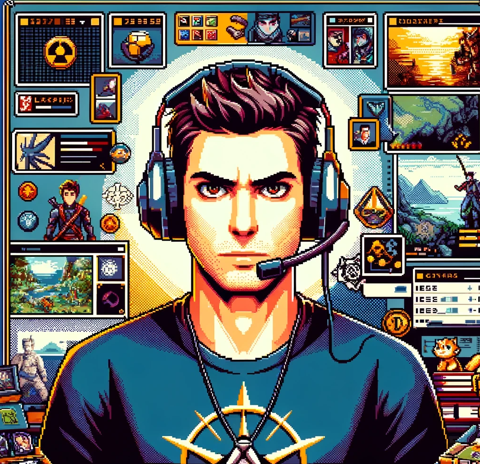 Indeed, I agree. CAPCOM built a living ecosystem here. Everywhere you turn, you find new side quests, collectibles, and Palico gadgets. In fact, one fan review even bragged about grinding Tempered Teostra 300 times and still loving it. Moreover, CAPCOM has supported the game with free updates since its 2018 launch, adding events and Guided Lands content. As a result, I track every bone pile and ore vein for that 100 percent completion.
Indeed, I agree. CAPCOM built a living ecosystem here. Everywhere you turn, you find new side quests, collectibles, and Palico gadgets. In fact, one fan review even bragged about grinding Tempered Teostra 300 times and still loving it. Moreover, CAPCOM has supported the game with free updates since its 2018 launch, adding events and Guided Lands content. As a result, I track every bone pile and ore vein for that 100 percent completion.
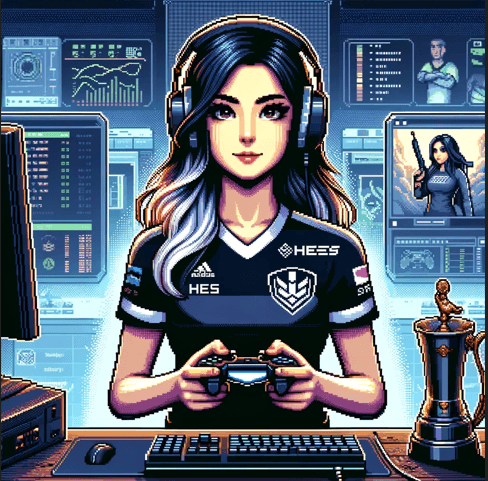 From a competitive standpoint, each of the 14 weapons demands true mastery. Furthermore, CAPCOM fine-tuned every damage formula in patch notes. For example, the Long Sword’s spirit gauge and the Bow’s coatings feel perfectly balanced. I often compare it to Dark Souls’ precision, but here the monster’s behavior offers more counterplay. Consequently, you learn fight timings. Ultimately, that skill ceiling is immense for hardcore players.
From a competitive standpoint, each of the 14 weapons demands true mastery. Furthermore, CAPCOM fine-tuned every damage formula in patch notes. For example, the Long Sword’s spirit gauge and the Bow’s coatings feel perfectly balanced. I often compare it to Dark Souls’ precision, but here the monster’s behavior offers more counterplay. Consequently, you learn fight timings. Ultimately, that skill ceiling is immense for hardcore players.
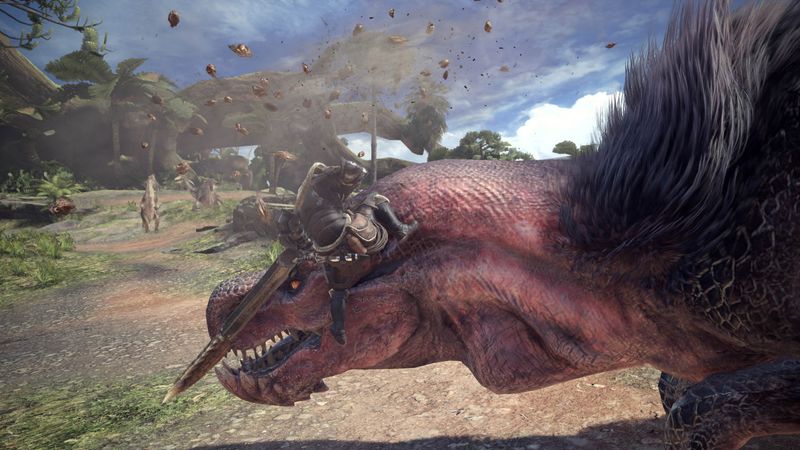
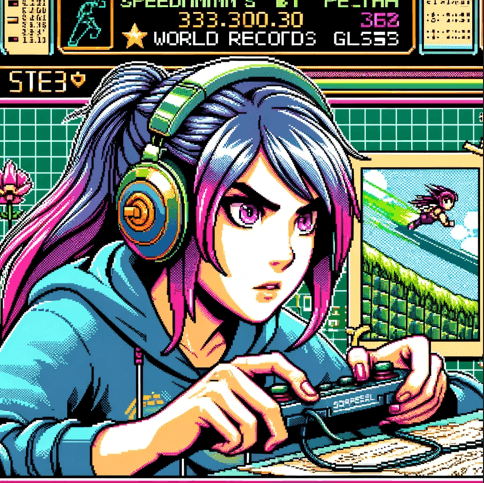 For speedrunners, the slinger can be a game changer. Tossing a flash pod at the right second can skip entire combat phases. I shaved five minutes off my Anjanath run by memorizing spawn points and optimized route through Ancient Forest. CAPCOM’s smart spawn-reset system rewards quick kills. You leverage environment traps, ledges and slopes for mount combos. Every second counts.
For speedrunners, the slinger can be a game changer. Tossing a flash pod at the right second can skip entire combat phases. I shaved five minutes off my Anjanath run by memorizing spawn points and optimized route through Ancient Forest. CAPCOM’s smart spawn-reset system rewards quick kills. You leverage environment traps, ledges and slopes for mount combos. Every second counts.
 Let’s dive into gameplay mechanics. Scoutflies guide you to tracks in a clear, visual way. They level up as you find prints, making exploration intuitive. I love how you can use boulders or slinger ammo to stagger monsters. It feels fresh compared to older Monster Hunter titles, like Generations Ultimate on 3DS.
Let’s dive into gameplay mechanics. Scoutflies guide you to tracks in a clear, visual way. They level up as you find prints, making exploration intuitive. I love how you can use boulders or slinger ammo to stagger monsters. It feels fresh compared to older Monster Hunter titles, like Generations Ultimate on 3DS.
 Don’t forget specialized tools like the Ghillie Mantle or Max Potion. They add layers of strategy on hunts. CAPCOM lets you equip two at once, so you mix utility and offense. I log each tool’s cooldown and perfect my loadouts across layered gear sets.
Don’t forget specialized tools like the Ghillie Mantle or Max Potion. They add layers of strategy on hunts. CAPCOM lets you equip two at once, so you mix utility and offense. I log each tool’s cooldown and perfect my loadouts across layered gear sets.
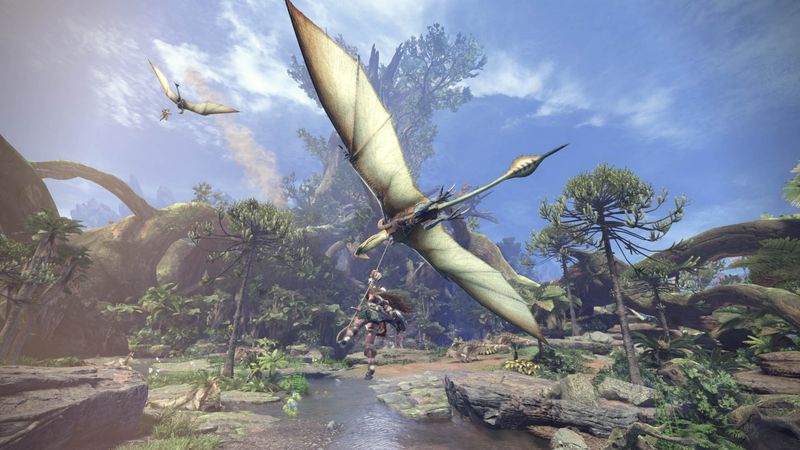
 On the story and narrative, CAPCOM’s Research Commission frames your path. It doesn’t overwhelm you with lore dumps. Dialogues maintain pace. Zorah Magdaros’s Elder Crossing acts as a grand hook. I read a CAPCOM developer interview confirming they trimmed cutscenes to keep hunters in the field.
On the story and narrative, CAPCOM’s Research Commission frames your path. It doesn’t overwhelm you with lore dumps. Dialogues maintain pace. Zorah Magdaros’s Elder Crossing acts as a grand hook. I read a CAPCOM developer interview confirming they trimmed cutscenes to keep hunters in the field.
 The world building drives me. You can almost hear the Steamworks Zone’s forges and see forest canopies sway. The audio team at CAPCOM composed dynamic tracks that shift when a monster enrages. That screech signals me to sheath and dodge roll immediately.
The world building drives me. You can almost hear the Steamworks Zone’s forges and see forest canopies sway. The audio team at CAPCOM composed dynamic tracks that shift when a monster enrages. That screech signals me to sheath and dodge roll immediately.
 Graphically, Monster Hunter: World runs on the MT Framework engine. CAPCOM first used it on Devil May Cry 4. Here it shines. Color palettes change by zone—from lush green Ancient Forest to fiery Elder’s Recess. Performance holds strong on mid-tier GPUs, though PC ports need the latest drivers.
Graphically, Monster Hunter: World runs on the MT Framework engine. CAPCOM first used it on Devil May Cry 4. Here it shines. Color palettes change by zone—from lush green Ancient Forest to fiery Elder’s Recess. Performance holds strong on mid-tier GPUs, though PC ports need the latest drivers.

 On audio design, composer Akihiko Narita and his team crafted leathers and scales sounds that feel weighty. The Rathalos roar near your ears builds tension. Voice acting stays minimal, with emotes replacing long speeches. That choice keeps focus on the hunt.
On audio design, composer Akihiko Narita and his team crafted leathers and scales sounds that feel weighty. The Rathalos roar near your ears builds tension. Voice acting stays minimal, with emotes replacing long speeches. That choice keeps focus on the hunt.
 Character development comes through your Palico buddy. You pick armor sets and gadgets that reflect their personality. The Handler’s cheerful banter grows more urgent as you face elder dragons. CAPCOM wrote her to be an eager partner, not just tutorial text.
Character development comes through your Palico buddy. You pick armor sets and gadgets that reflect their personality. The Handler’s cheerful banter grows more urgent as you face elder dragons. CAPCOM wrote her to be an eager partner, not just tutorial text.
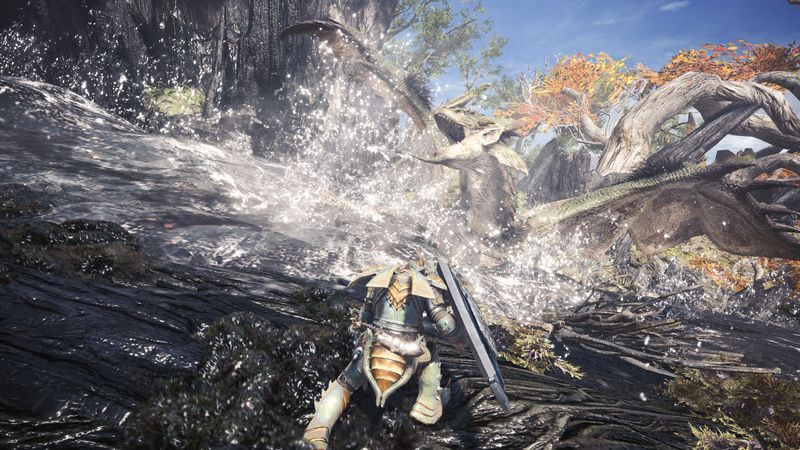
 Challenge level spikes perfectly. Early quests ease you in, but Tempered Elder Dragons will test your build. User feedback notes occasional difficulty cliffs around High Rank. CAPCOM even added optional event quests to bridge that gap for newer players.
Challenge level spikes perfectly. Early quests ease you in, but Tempered Elder Dragons will test your build. User feedback notes occasional difficulty cliffs around High Rank. CAPCOM even added optional event quests to bridge that gap for newer players.
 Looking at replay value, it shines. Whether you chase layered armor sets, master every weapon, or dive into Master Rank, there’s always something to do. Plus, new events keep cropping up. Personally, I logged hundreds of hours in the Guiding Lands, hunting Arch-Tempered Kushala and Lunastra. In the end, this game rivals World of Warcraft’s time sink but with satisfying monster slays.
Looking at replay value, it shines. Whether you chase layered armor sets, master every weapon, or dive into Master Rank, there’s always something to do. Plus, new events keep cropping up. Personally, I logged hundreds of hours in the Guiding Lands, hunting Arch-Tempered Kushala and Lunastra. In the end, this game rivals World of Warcraft’s time sink but with satisfying monster slays.
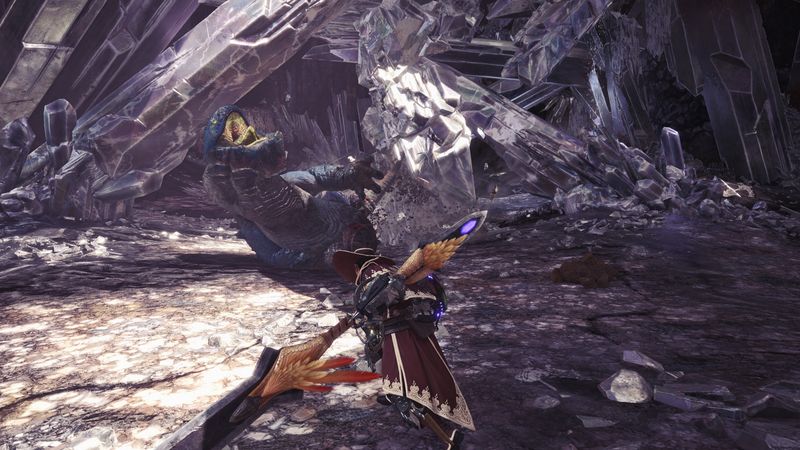
 In final thoughts, Monster Hunter: World changed action RPGs. Indeed, its living ecosystems, deep weapon systems, and collaborative design set a high bar. Furthermore, CAPCOM blended solo play with up to four-player co-op seamlessly.
In final thoughts, Monster Hunter: World changed action RPGs. Indeed, its living ecosystems, deep weapon systems, and collaborative design set a high bar. Furthermore, CAPCOM blended solo play with up to four-player co-op seamlessly.
 Without question, it stands out next to titles like The Witcher 3 or Horizon Zero Dawn, thanks to its relentless focus on tight combat loops.
Without question, it stands out next to titles like The Witcher 3 or Horizon Zero Dawn, thanks to its relentless focus on tight combat loops.
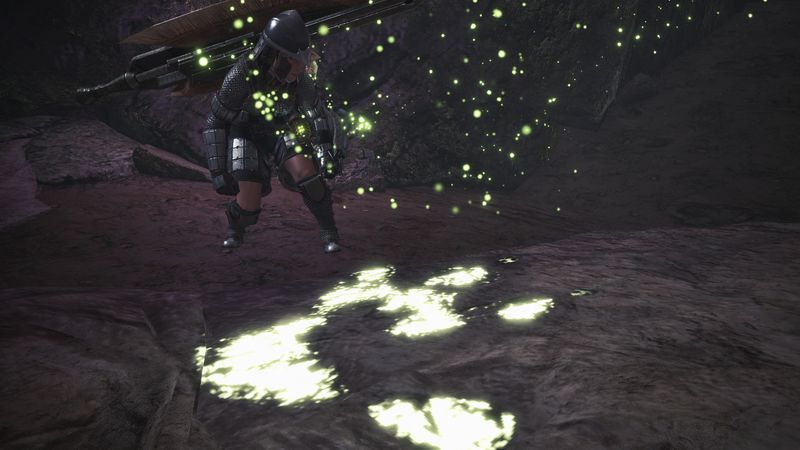
 If you’re seeking similar experiences, Dauntless delivers free-to-play co-op monster hunting with streamlined mechanics and full cross-play support; Lords of the Fallen offers a challenging Souls-like ARPG with heavy-armor combat and deep skill trees; Horizon Zero Dawn immerses you in an open-world hunt filled with machine beasts, strong story loops, and lush graphics; Dragon’s Dogma: Dark Arisen features a pawn-system RPG with dynamic monster AI and multiple combat layers; and God Eater 3 combines fast-paced blade hunting, unique burst styles, and a flashy anime-inspired presentation to keep the action fresh and exhilarating.
If you’re seeking similar experiences, Dauntless delivers free-to-play co-op monster hunting with streamlined mechanics and full cross-play support; Lords of the Fallen offers a challenging Souls-like ARPG with heavy-armor combat and deep skill trees; Horizon Zero Dawn immerses you in an open-world hunt filled with machine beasts, strong story loops, and lush graphics; Dragon’s Dogma: Dark Arisen features a pawn-system RPG with dynamic monster AI and multiple combat layers; and God Eater 3 combines fast-paced blade hunting, unique burst styles, and a flashy anime-inspired presentation to keep the action fresh and exhilarating.
